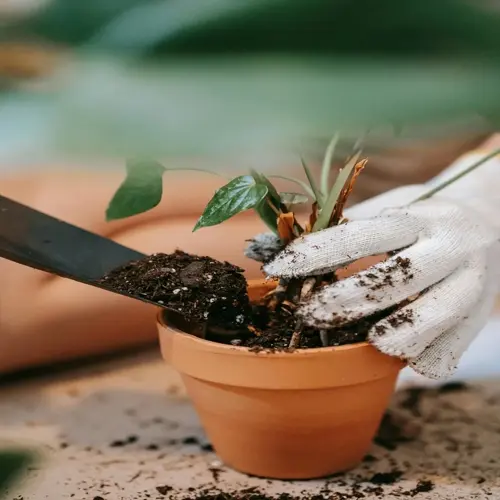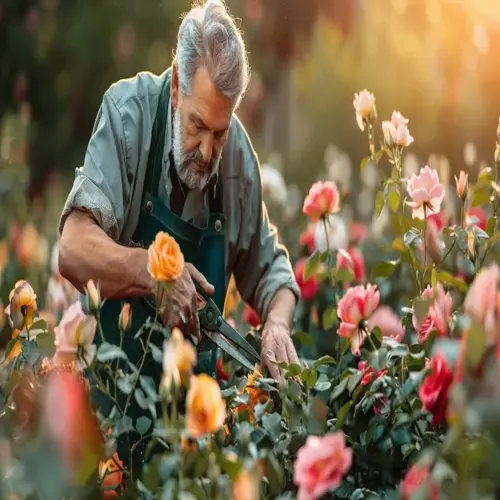Can I save seeds from cut flowers?

Written by
Paul Reynolds
Reviewed by
Prof. Martin Thorne, Ph.D.To successfully save seeds from cut flowers, careful timing and technique are both important. Flowers should be left on the plant until they are fully pollinated to produce viable seeds. Leave the stems in water until the seed heads are completely mature. For varieties like zinnias and marigolds, the stems should be cut and retained approximately 2-3 weeks after blooming has finished.
Pollination Requirements
- Cut only after visible pollination occurs
- Leave flowers unpicked for 7-10 days minimum
- Ensure insect access or hand-pollinate beforehand
- Choose fully open flowers for best seed set
Optimal Varieties
- Zinnias: Save seeds from double-flowered types
- Marigolds: Harvest when flower heads turn brown
- Cosmos: Collect feathery seeds after petals fall
- Sunflowers: Wait for back of heads to yellow
Processing Methods
- Dry seed heads upside down in paper bags
- Screen-dry small seeds for 5-7 days
- Winnow chaff using fine mesh strainers
- Store in labeled glass jars immediately
The timing of a harvest determines seed viability. A cut flower harvested too early will produce seeds that are not fully developed and lack essential nutrients. Wait until the seeds have changed color and feel firm to the touch. For zinnias, this happens when the petals start to fade and the centers darken. For marigold seeds, this occurs when the flower heads are completely brown and dry.
Correctly drying seeds preserves their germination ability. To do this, hang flower stems upside down inside paper bags, in a dark, ventilated space. Keep the humidity level at 40-50% for about 7-10 days. To test for dryness, press on the seeds between your fingers: properly dried seeds won't dent when pressed.
Seed extraction takes some care. For larger seeds, such as sunflowers, crush dry seed heads over screens to separate the seeds. For tiny seeds, such as cosmos or poppy, use a fine-mesh strainer. Winnow outside on still days to separate light chaff from viable seeds.
It is crucial to label the containers immediately with the variety name and harvest date. Seeds should always be stored in glass jars with silica gel packages. The jars should be stored in a cool, dark location at a temperature below 50°F (10 °C). Germination rates should be checked every year before planting.
When saving seeds, avoid hybrid flowers. Hybrid flowers produce unpredictable results in seed saving compared to open-pollinated types. Open-pollinated types labeled as heirloom will produce more consistent results. Seed saving can help preserve the genetic diversity of plants, allowing you to have beautiful and productive gardens in the future.
Read the full article: How to Save Seeds: A Complete Guide

